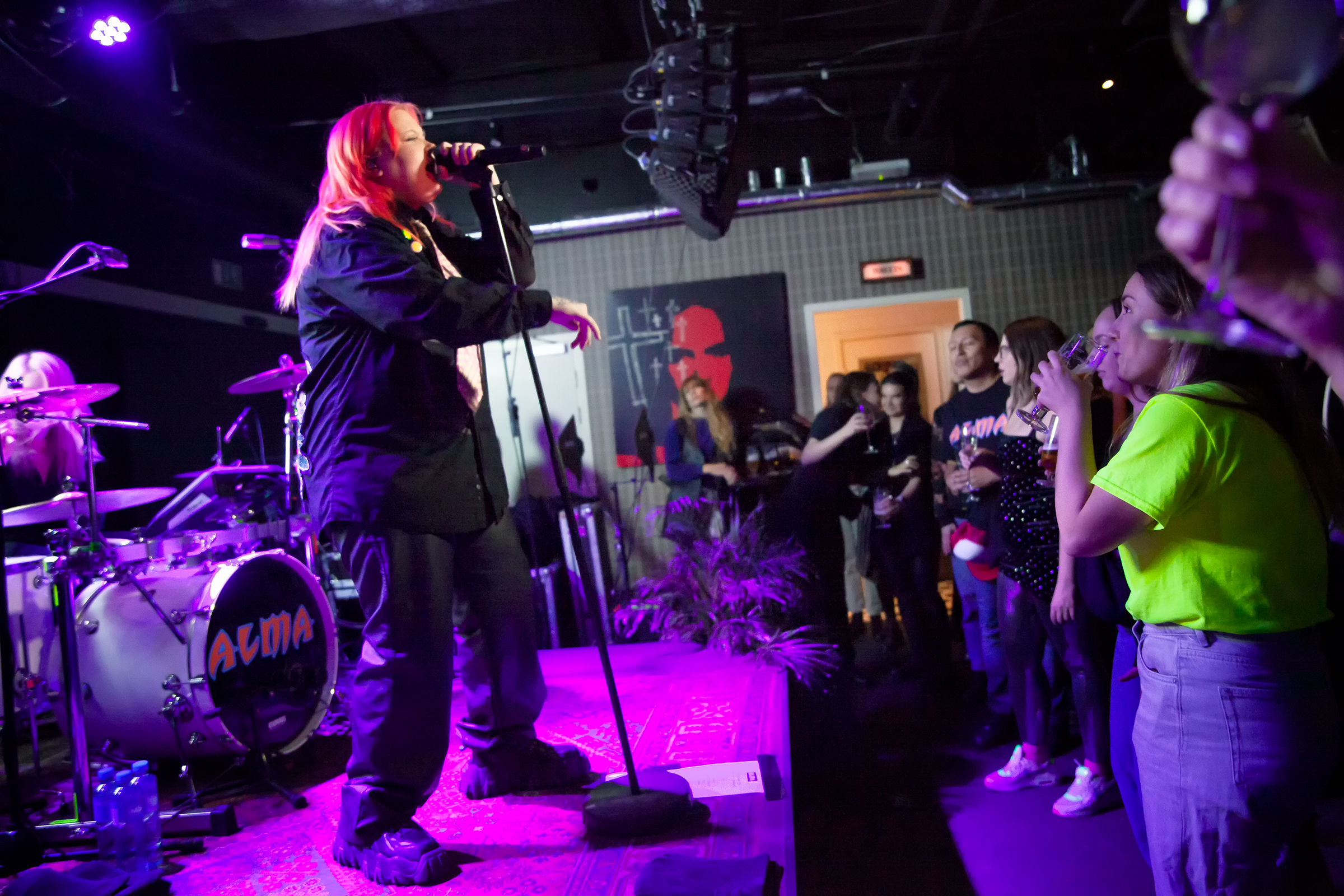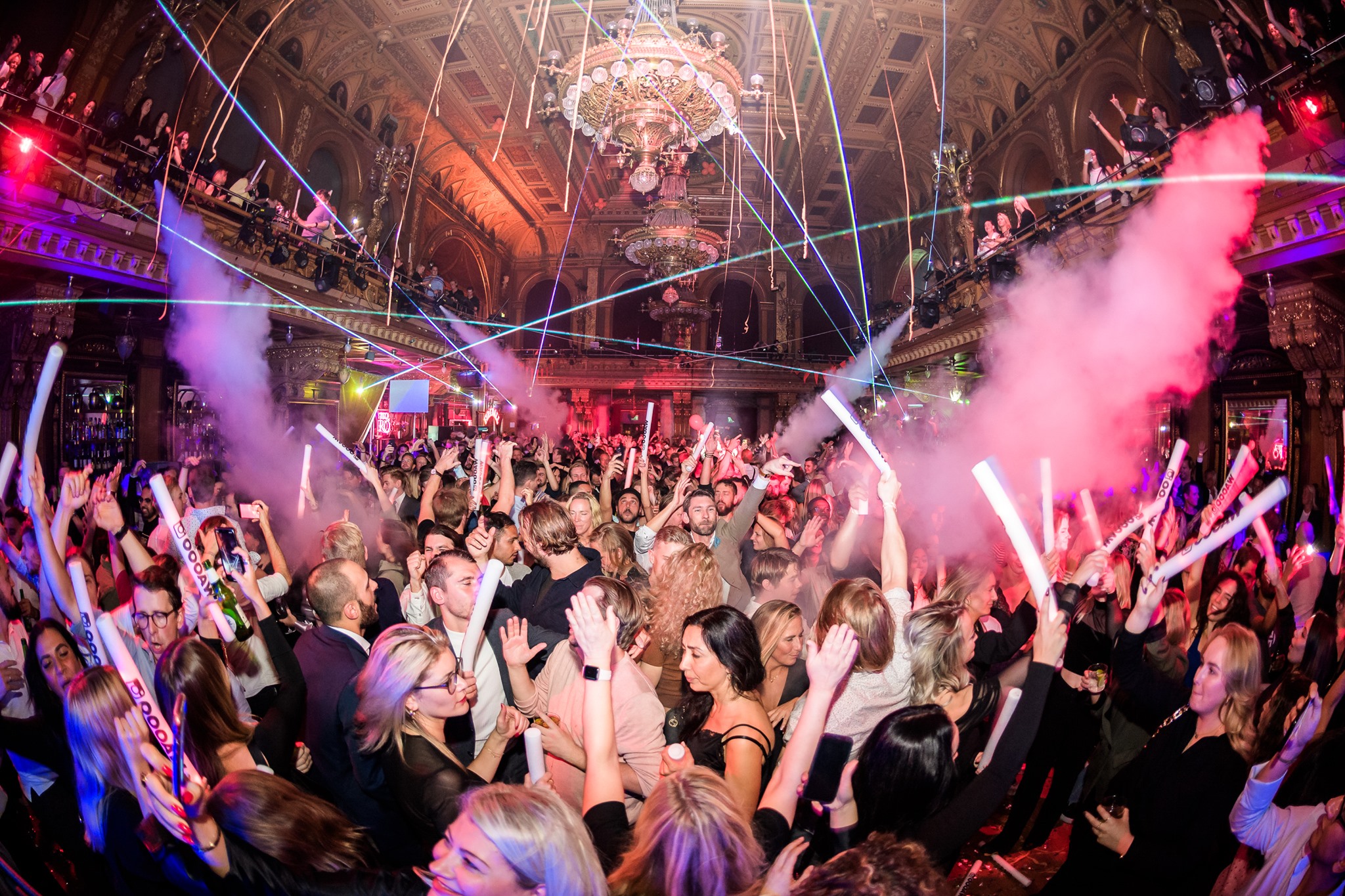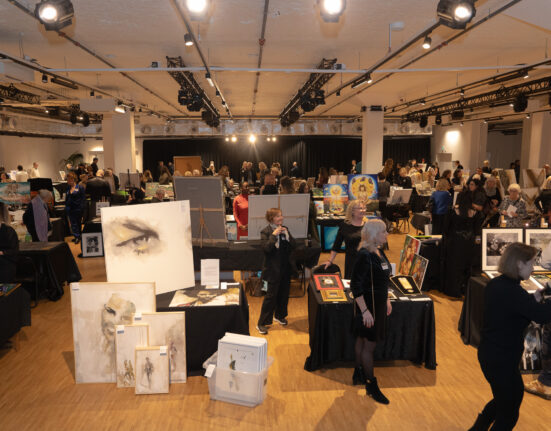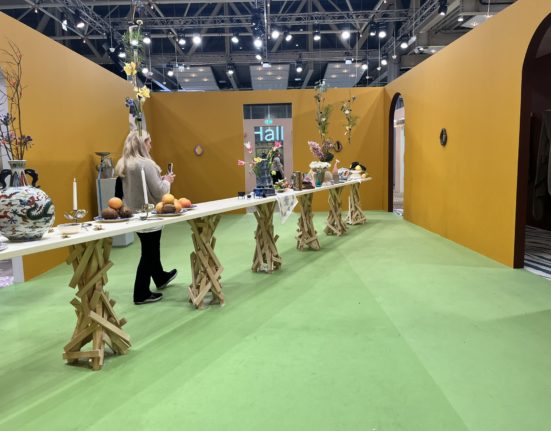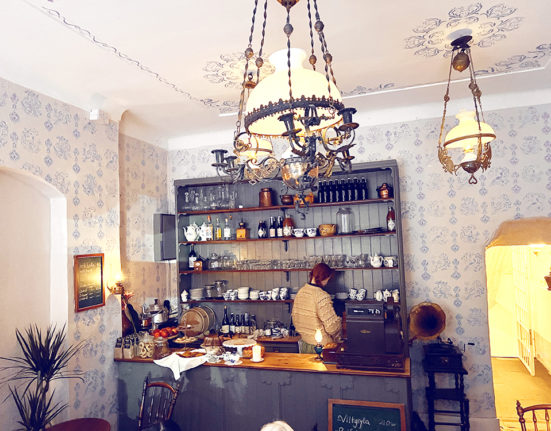In March it’s not until the end of the month that we celebrate any truly Swedish traditions, but if you ask us – they are well worth the wait! First up is Våffeldagen (Waffle Day) followed by Påsk (Easter) with its godis, brightly-coloured feathers and… witches? YLC has the background to each of these Spring traditions.

Våffeldagen (Waffle Day) Monday, 25th March
The origins of this annual indulgence started out loftily enough. March 25th was always respected as a national holiday in Sweden, since it marked ‘Annunciation Day’ in the Christian calendar. It is said that the angel Gabriel appeared to Mary to tell her that she would conceive and become mother of Jesus Christ on this day, known as Vårfrudagen, Our Lady’s Day. This was pronounced in some dialects as ‘Vafferdagen‘ and vaffer was an old Swedish word for waffle. The corruption of the word morphed into official Våffeldagen we now know and enjoy.
Confused? Never mind, just head down to your local café and enjoy the taste of spring, which this day historically marks.

Påsk (Easter)
Of course, Easter is one of the most important events in the Christian calendar, marking the death and resurrection of Christ. The origins of most of the festivities observed by Swedes at this time take their inspiration from the religious event, even if many Swedes don’t practise the faith any more. Easter runs over several days in Sweden, each one with a different significance and tradition:
Dymmelonsdagen 27th March
Dymmelonsdagen is the Wednesday before Easter and takes its name from the wooden sticks, dymblar, that replace the metal clappers of the bells on this day in Scandinavia. The idea is to give as subdued a tone as possible; an indication that it is Holy Week and Good Friday is approaching.
Skärtorsdagen (Maundy Thursday) 28th March
Skär comes from an ancient Swedish word for ‘pure’ or ‘clean’, said to refer to Jesus washing his disciples’ feet before the Last Supper. The day is a celebration of the Eucharist in the Christian calendar, but for pagans, it is also the day on which witches celebrate their sabbath with the devil. From this has sprung a fun custom to dress children up as Påskkärring, Easter hags, reminiscent of English Halloween. The comparison is apt since a Swedish version of trick-or-treating does occur, with the children going from house to house in the neighbourhood, presenting the occupants with paintings and drawings in the hope of getting sweets in return. Dressed in discarded clothes, brightly-coloured head-scarves and painted rosy cheeks, they’re probably the cutest witches you’ll see this half of the year.
Långfredagen (Good Friday) 29th March
Good Friday commemorates the crucifixion of Jesus and is a national holiday in the Swedish calendar. The church service on this day is unique; there are no hymns, organ music or expressions of joy and the alter will be empty, save for five red roses, symbolising Christ’s wounds on the cross.
As Easter also marks the first weekend of spring, many Swedes take the opportunity to take their first trip out to their country house. A spring clean may also be in order after months of not being inhabited!
Påskafton (Holy Saturday) 30th March
From a church perspective, there are no services held until at least the late evening, if not midnight. However, the big meal for Easter tends to be eaten on this night in Sweden, rather like at Christmas Eve. The parallel is made complete with the ubiquitous ‘Julmust‘ now repackaged for Påsk – clearly a ‘must’ at any Swedish table!
Eggs are hugely popular, both for their religious significance, (eggs were traditionally prohibited over Lent) and their seasonal import (hens lays more eggs as the days lengthen, so eggs signify that spring is here). As a symbol for new life, they make an appearance on the table too, along with Janssons frestelse, Jansson’s temptation, sill, salmon and more recently lamb. Eggs also appear in cardboard form all over Sweden, filled with sweet treats for children.
In western Sweden, bonfires are lit on Holy Saturday and are believed to scare those witches coming back from their sabbath celebrations. In some areas, this is the day when the children dress as Easter hags and trick or treat their neighbours.
Påskdagen (Easter Sunday) Sunday 31st March
Easter Sunday is the most important day in the Christian calendar, since it marks the reserrection of Jesus and the service is joyful, with the alter covered in white cloth and daffodils. For secular Sweden, it’s a day to eat up all those leftovers from yesterday’s Påskbord, have fun with friends and family and prepare for the journey back from the summer-house on Monday, the last national holiday for this festival.
A happy Waffle day and Easter to all our readers!

